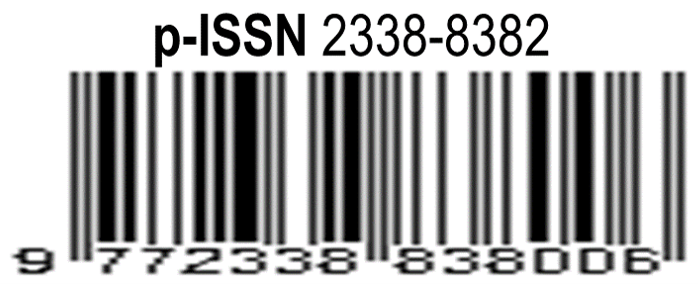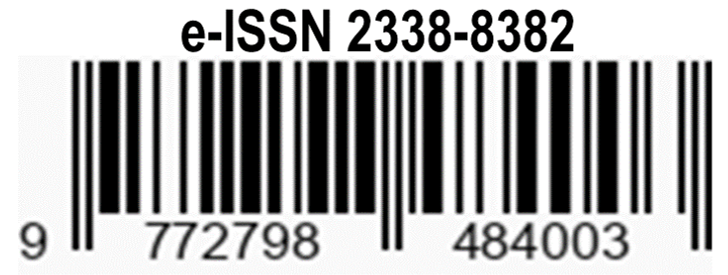Focus and Scope
Sadharananikarana: Jurnal Ilmiah Komunikasi Hindu is an academic journal has been published since 2st Praduade Program Hindu Communications Sains Institut Agama Hindu Negeri Gde Pudja Mataram. This journal publishes original researches in multi concepts, theories, perspectives, paradigms and methodologies on communication studies related to social, cultural and religious context in Hinduisme.
Focush and scope of Sadharananikarana: Jurnal Ilmiah Komunikasi Hindu :
- Mass Media and Journalism; this field examines journalistic activities and media production which includes print, radio, television, and internet.
- New media and communication technology; a new field of communication study that continues to develop along with technological advances and community needs, this field includes digital media, virtual, interactive, hypertextual and networking.
- Public Relations; This field of communication examines Public Relations which include internal and external relations within an organization or institution, as well as the creation of public opinion in society.
- Political Communication; communication involving messages, media, and political actors or those related to power, government, and policy.
- Marketing Communication; a field that examines ideas, information, opportunities, and challenges through various symbols to achieve company goals.
- Hindu Communication; communication applied in dharma wacana or Hindu preaching activites using media or occured in society.
- Sociology of Communication: the process of sociological communication, as a form of social interaction involving individuals or social groups.
Publication Frequency
Sadharananikarana: Jurnal Ilmiah Komunikasi Hindu published twice a year, in May and November.
References Management
Sadharananikarana: Jurnal Ilmiah Komunikasi Hindu in citation writing and Bibliography using Mendeley's Reference Management Software.
Content Licensing
This work is licensed under a Sadharananikarana: Jurnal Ilmiah Komunikasi Hindu Creative Commons Attribution-NonCommercial 4.0 International License
Digital Archiving
This journal utilizes the Indonesia One Search (IOS) to create a distributed archiving system among participating libraries and permits those libraries to create permanent archives of the journal for purposes of preservation and restoration. And Open Journal Systems supports the LOCKSS (Lots of Copies Keep Stuff Safe) system to ensure secure and permanent preservation of your journal.
The Originality of Journal Articles
Quotations must be identical to the original, using a narrow segment of the source. They must match the source document word for word and must be attributed to the original author. Paraphrasing involves putting a passage from source material into your own words.
A paraphrase must also be attributed to the original source. Paraphrased material is usually shorter than the original passage, taking a somewhat broader segment of the source and condensing it slightly.
Summarizing involves putting the main idea(s) into your own words, including only the main point(s). Once again, it is necessary to attribute summarized ideas to the original source. Summaries are significantly shorter than the original and take a broad overview of the source material.




.png)


.png)






